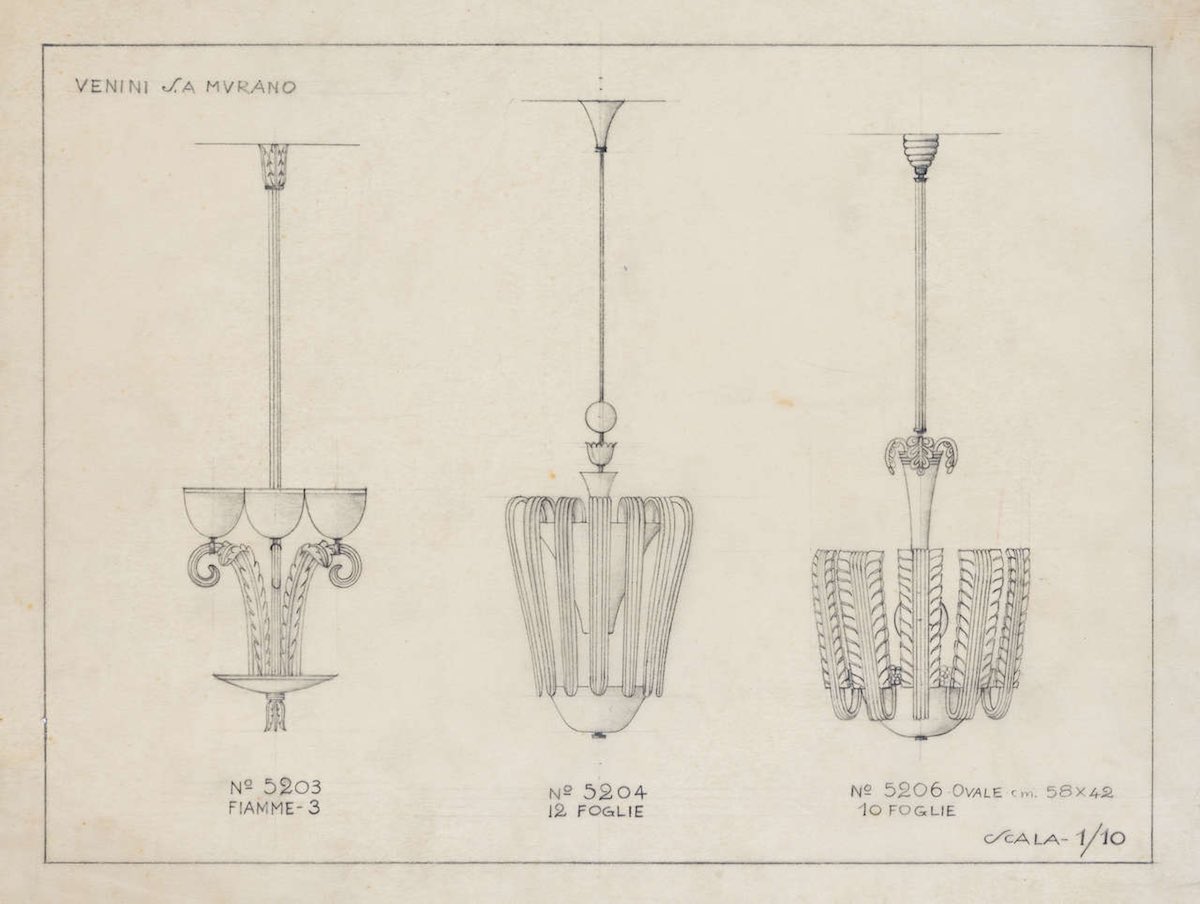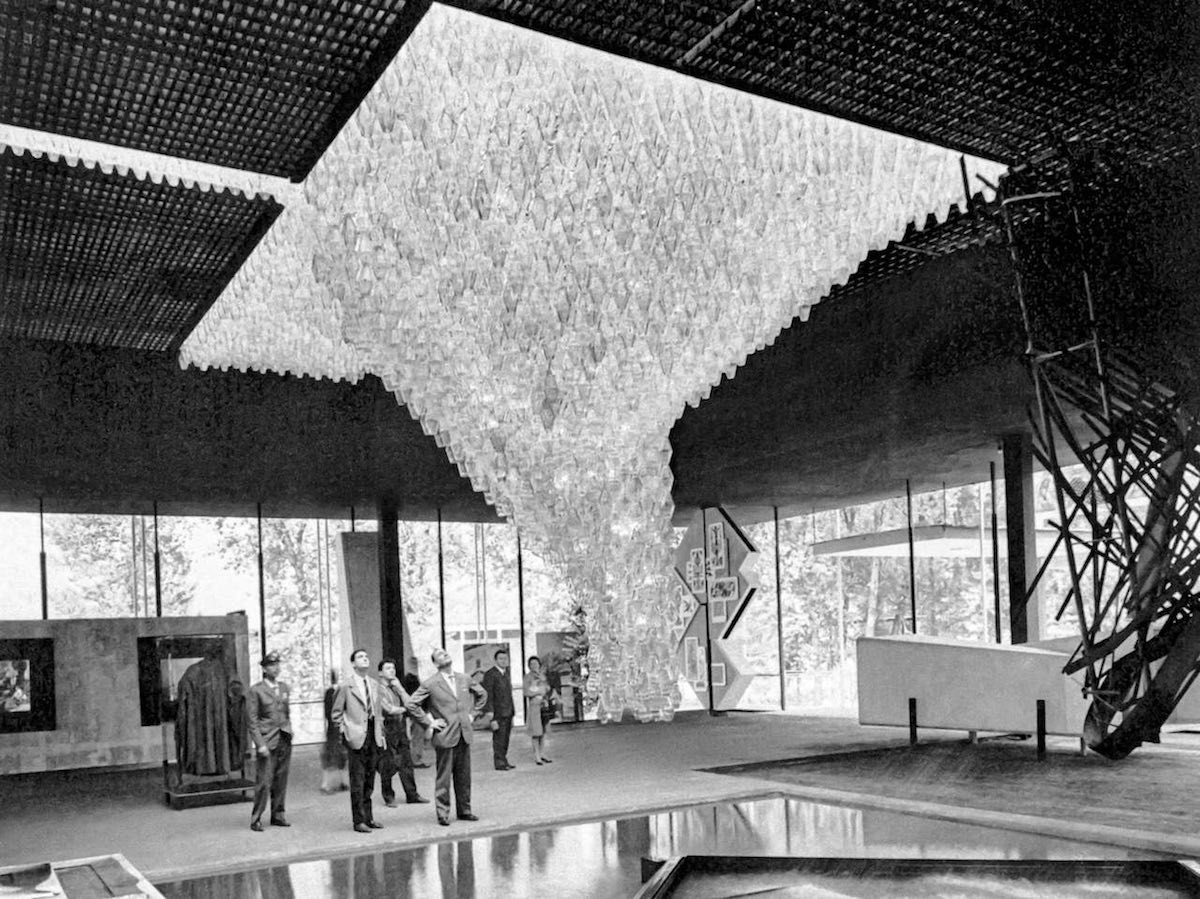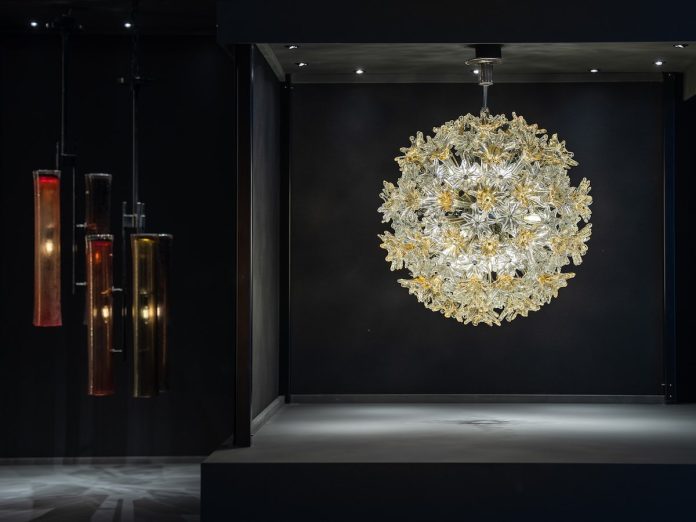In the International Year of Glass organized by the United Nations, an exhibition produced in the context of the cultural project “Le Stanze del Vetro” (a joint initiative of Fondazione Giorgio Cini and Pentagram Stiftung) puts the focus on Venini and a particular aspect of its production: lighting.

Curated by Marino Barovier, the exhibition Venini: Luce 1921-1985 (until 08/01/2023) presents a selection of 81 lighting projects created from 1921, the year of Venini’s founding, to 1985.

Among the protagonists of this narrative, standouts include the painter from Murano Vittorio Zecchin with a reinterpretation of the chandelier with arms, the sculptor Napoleone Martinuzzi with his artifacts in pulegoso glass from 1928-30, followed by the architects Tomaso Buzzi and Carlo Scarpa, long-term collaborators of the glassworks until 1947. The special relationship between designers and the Murano-based company continued in the 1950s, with personalities like Gio Ponti, Franco Albini, Ignazio Gardella, Massimo Vignelli and Tobia Scarpa.

For the occasion of this exhibition, the Sala Carnelutti and the Piccolo Teatro of Fondazione Giorgio Cini host three large installations that are part of Venini’s history.

Tribute to Carlo Scarpa is the reconstruction of the monumental chandelier with multicolored polyhedra designed by the architect for the Veneto pavilion at the Turin Expo “Italia 61” in 1961.

Also on view, for the first time after almost 40 years, the famous Velario made in 1951 as a roof for Palazzo Grassi, refurbished with its original parts: a series of festoons made with steel cables and spheres in balloton glass form four veils that are softly joined together at the center.

Visitors can also see a multicolored polyhedral structure created in 1962, which was installed in the foyer of Cinema Teatro Giacosa in Aosta.







